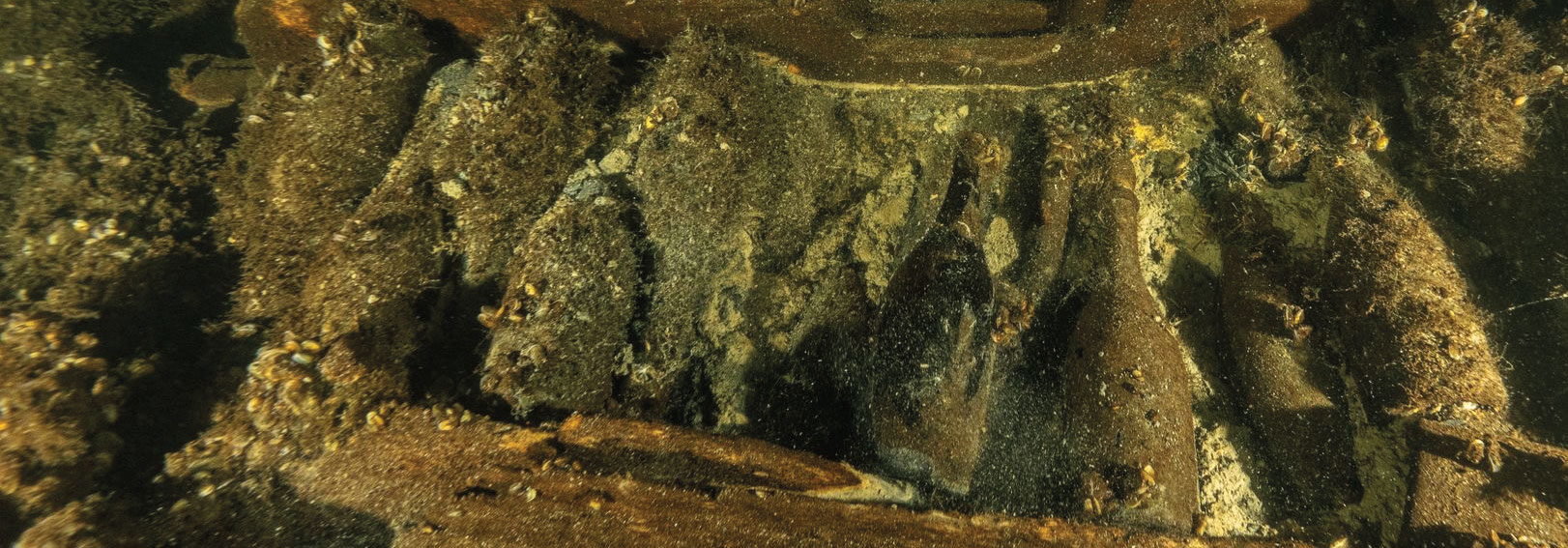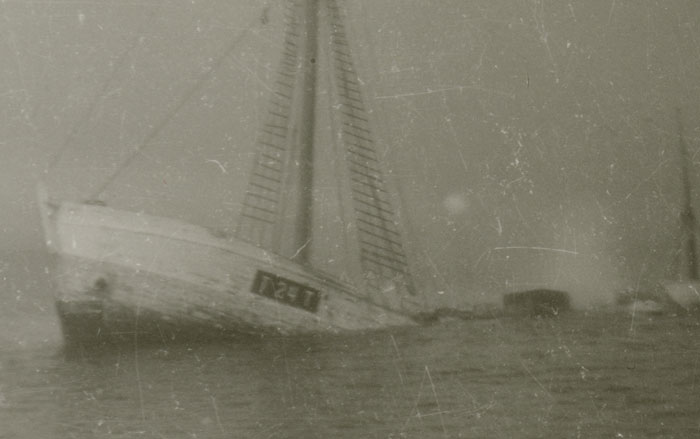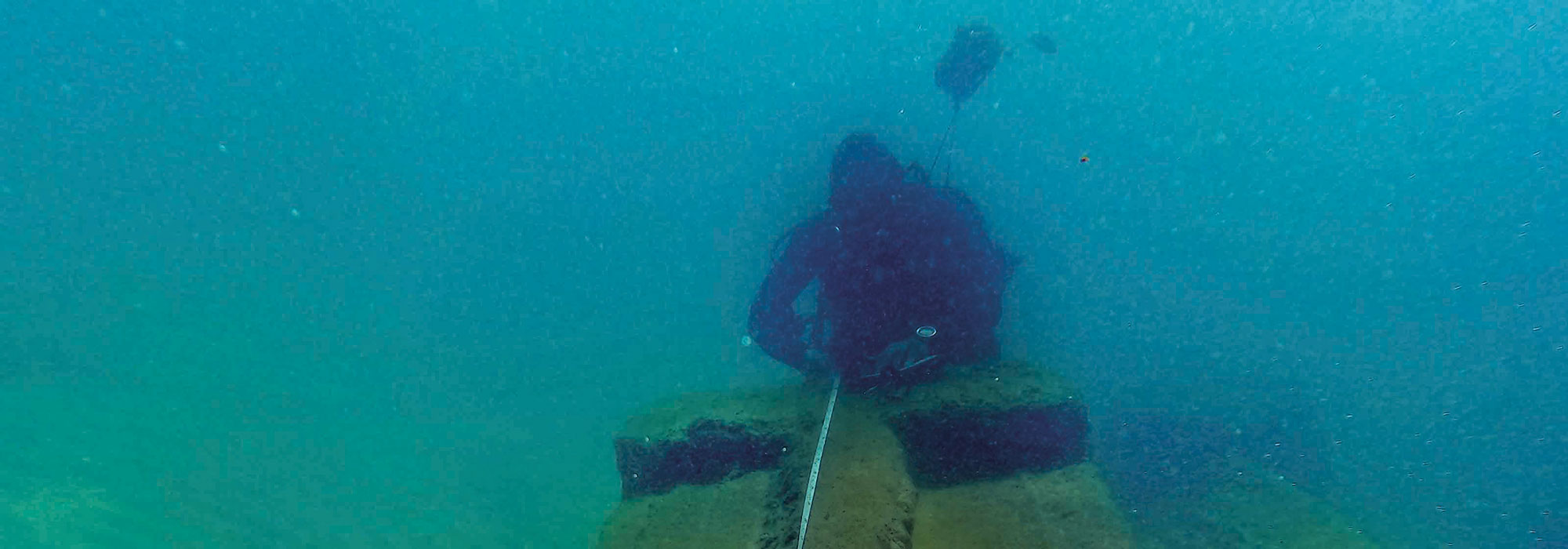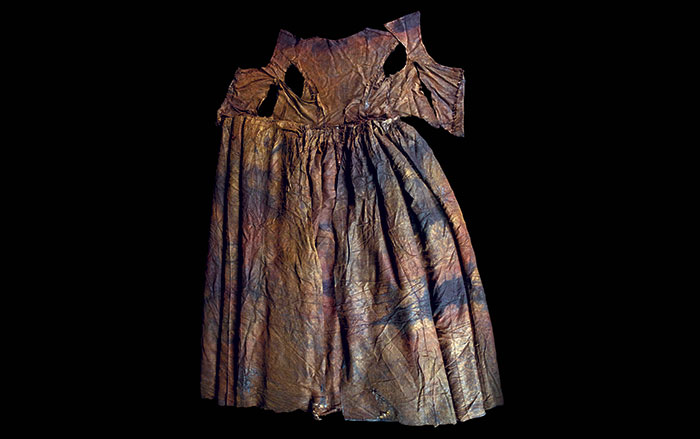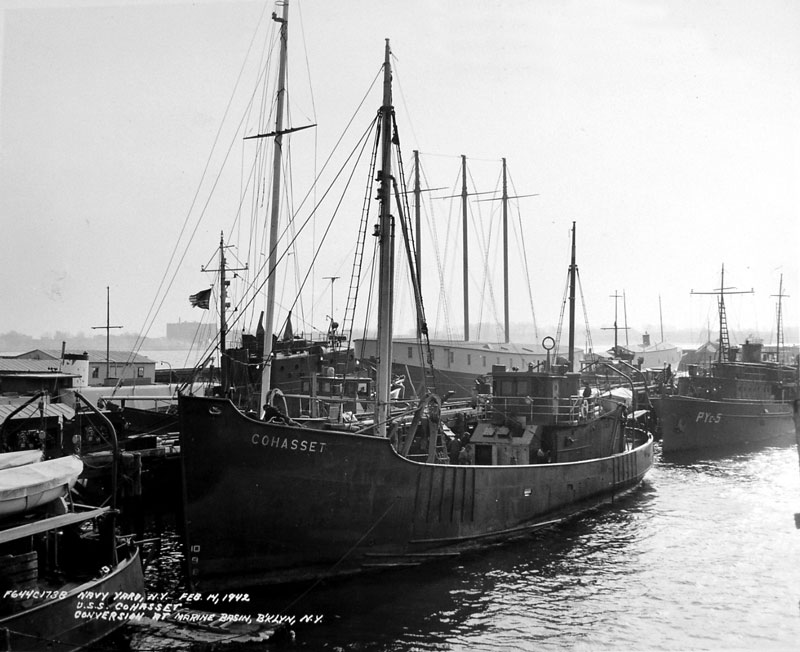
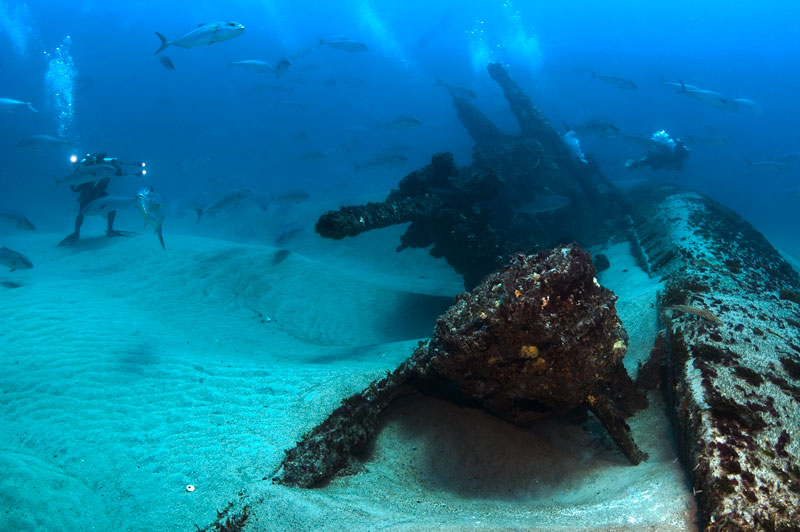
(Courtesy NOAA)
In the first half of 1942, while most of the U.S. Navy was occupied in the Pacific, German U-boats stalked the Atlantic coast. The Navy did what it could to buy time while the war effort ramped up—it bolted guns to fishing boats and yachts. Archaeologists from the National Oceanic and Atmospheric Administration (NOAA) recently discovered the wreck of one such makeshift battlecraft, the YP-389—previously the trawler Cohasset. In June 1942, the YP-389 patrolled a minefield off North Carolina, armed with a single, nonfunctioning deck gun, when the U-701 surfaced. The U.S. sailors hid behind trawling winches and returned fire with machine guns, but the battle ended the way most underdog stories do—the YP-389 was shelled to the abyss and six of its 24 sailors were killed. The U-701 followed a few weeks later, bombed by U.S. aircraft.
The YP-389, discovered in 320 feet of water 30 miles from the U-boat, will help show archaeologists how these ships were hastily refitted. The find is part of a larger NOAA program to reexamine the Battle of the Atlantic using battlefield archaeology, treating each wreck as an artifact and mapping convoy routes, to see how the engagement changed through the war. By the end of 1942, sinkings by U-boats had dropped dramatically, in part because of lessons learned from boats like the YP-389. "This thing and these people were put to the test against the best Germany had to offer," says David Alberg, leader of NOAA's expedition. "And it was right off our beaches. That's a pretty powerful story."


